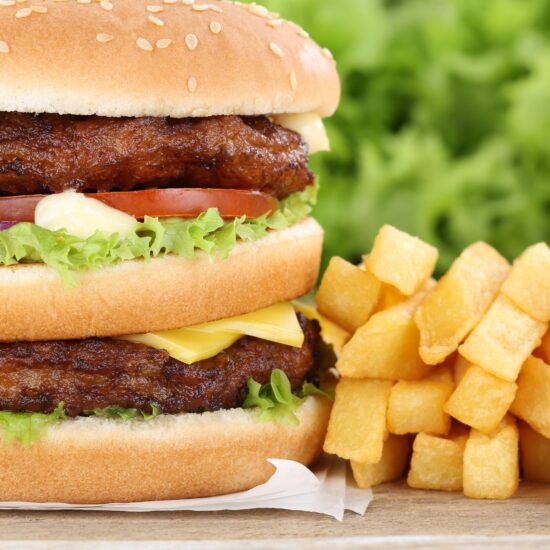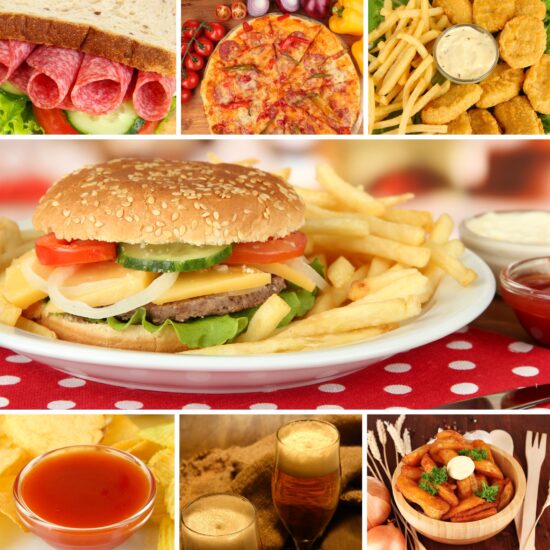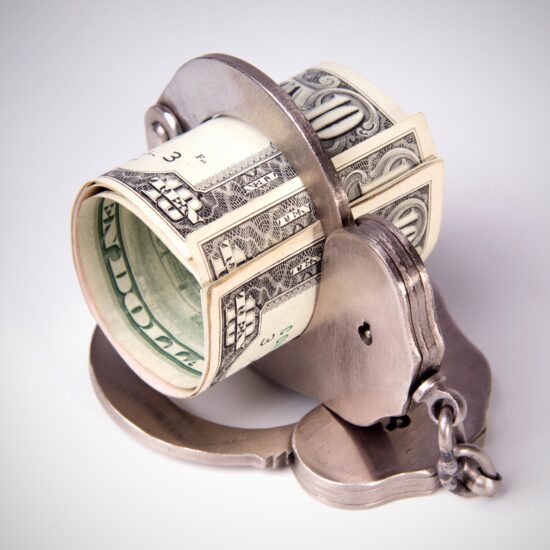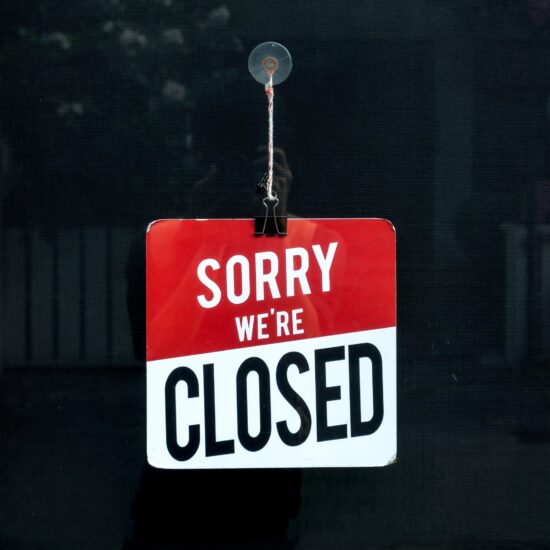10 Reasons Some of Your Favorite Fast Food Restaurants Are Filing For Bankruptcy

The fast food industry, once seen as a recession-proof sector, has faced significant challenges in recent years, with several well-known chains filing for bankruptcy. Here, we explore the key factors contributing to the financial struggles of these fast food restaurants.
1. Rising Labor Costs

One of the most pressing issues for fast food restaurants has been the rising cost of labor. Increases in minimum wage laws across various states and countries have significantly impacted the operating margins of these businesses. While paying workers more is a positive development, many fast food chains have struggled to balance higher wages with low price points, which are central to their business models. This squeeze has led some chains to either reduce their workforce, automate services, or, in some cases, file for bankruptcy to restructure their financial obligations.
2. Fluctuating Commodity Prices

The prices of raw materials, such as meat, dairy products, and vegetables, can fluctuate wildly due to weather conditions, global supply chain issues, and economic instability. Fast food restaurants, known for their razor-thin profit margins, are particularly vulnerable to these fluctuations. When ingredient costs rise, these restaurants often choose between raising prices (alienating price-sensitive consumers) or absorbing the costs, which can erode profits and lead to financial distress.
3. Intense Competition

The fast food industry is notorious for its fierce competition. Not only are traditional fast food chains competing against each other, but they also face challenges from fast-casual restaurants, which offer higher quality food at competitive prices. Additionally, the rise of meal kit services and grocery delivery options has broadened the competitive landscape, pushing some fast food chains toward bankruptcy as they lose market share to these new entrants.
4. Changes in Consumer Preferences

Today’s consumers are increasingly health-conscious and seek fresher, healthier, and more sustainable dining options. This shift in consumer preferences has been detrimental to traditional fast food restaurants, often associated with unhealthy and processed foods. As a result, those chains that have been slow to adapt their menus to include healthier options have seen their sales decline, pushing some toward bankruptcy.
5. High Operational Costs

Running a fast food restaurant involves high operational costs including utilities, rent, maintenance, and equipment. These costs can be even more burdensome in urban areas with exceptionally high rents. Many fast food chains have filed for bankruptcy to manage these unsustainable costs through restructuring, allowing them to negotiate better lease terms or close unprofitable locations.
6. Debt Accumulation

Many fast food chains have expanded aggressively using borrowed money. This strategy works well in favorable economic conditions but can backfire when the market turns or revenues decline. High levels of debt can cripple a company, with much of their income going to service this debt rather than to invest in operations or innovation. When these debts become unmanageable, bankruptcy often becomes the only viable option to reorganize the debt and try to find a pathway to profitability.
7. Impact of the COVID-19 Pandemic

The COVID-19 pandemic had a profound impact on the fast food industry. While some restaurants could pivot quickly to delivery and takeout models, others struggled to adapt. Lockdowns and decreased foot traffic, especially in areas dependent on office workers or tourists, led to severe revenue drops. Many fast food restaurants that could not adapt effectively or swiftly enough to the new normal were forced to declare bankruptcy.
8. Poor Management Decisions

Strategic missteps by management can also lead to bankruptcy. This can include poor location choices, failed marketing campaigns, misjudging consumer trends, or ill-timed expansions. Fast food chains are not immune to these errors, and poor management decisions can drain the company’s resources, leading to financial distress and, eventually, bankruptcy filings.
9. Regulatory and Legal Challenges

Fast food restaurants face a myriad of regulatory and legal challenges that can threaten their operations. These include food safety regulations, employment laws, and litigation from various stakeholders. Non-compliance with these regulations can result in hefty fines, legal fees, and reputational damage, pushing some to the brink of bankruptcy.
10. Technological Advancements and Adaptation

In an era where technology is king, fast food restaurants must continually invest in technology to improve efficiency and attract customers. From digital ordering kiosks to mobile app integrations for loyalty programs and customer engagement, those unable to keep up with technological advancements lose out to competitors who can offer a more seamless and engaging customer experience. Failure to adapt can lead to reduced sales and, potentially, bankruptcy.
Fast Food Restaurants Are Filing for Bankruptcy for a Slew of Reasons

Ultimately, the reasons behind the bankruptcy filings of fast food restaurants are multifaceted and complex. From economic pressures and competitive challenges to shifts in consumer preferences and technological demands, these factors collectively explain why even some of the most popular chains face financial difficulties. As the industry evolves, only those who can adeptly manage these challenges will survive and thrive.
Read More:
You Buy Counterfeit Foods All the Time: 8 Fake Foods You Love to Eat
9 Methods Retailers Use to Scam You into Buying More Than You Want or Need
Catherine is a tech-savvy writer who has focused on the personal finance space for more than eight years. She has a Bachelor’s in Information Technology and enjoys showcasing how tech can simplify everyday personal finance tasks like budgeting, spending tracking, and planning for the future. Additionally, she’s explored the ins and outs of the world of side hustles and loves to share what she’s learned along the way. When she’s not working, you can find her relaxing at home in the Pacific Northwest with her two cats or enjoying a cup of coffee at her neighborhood cafe.




